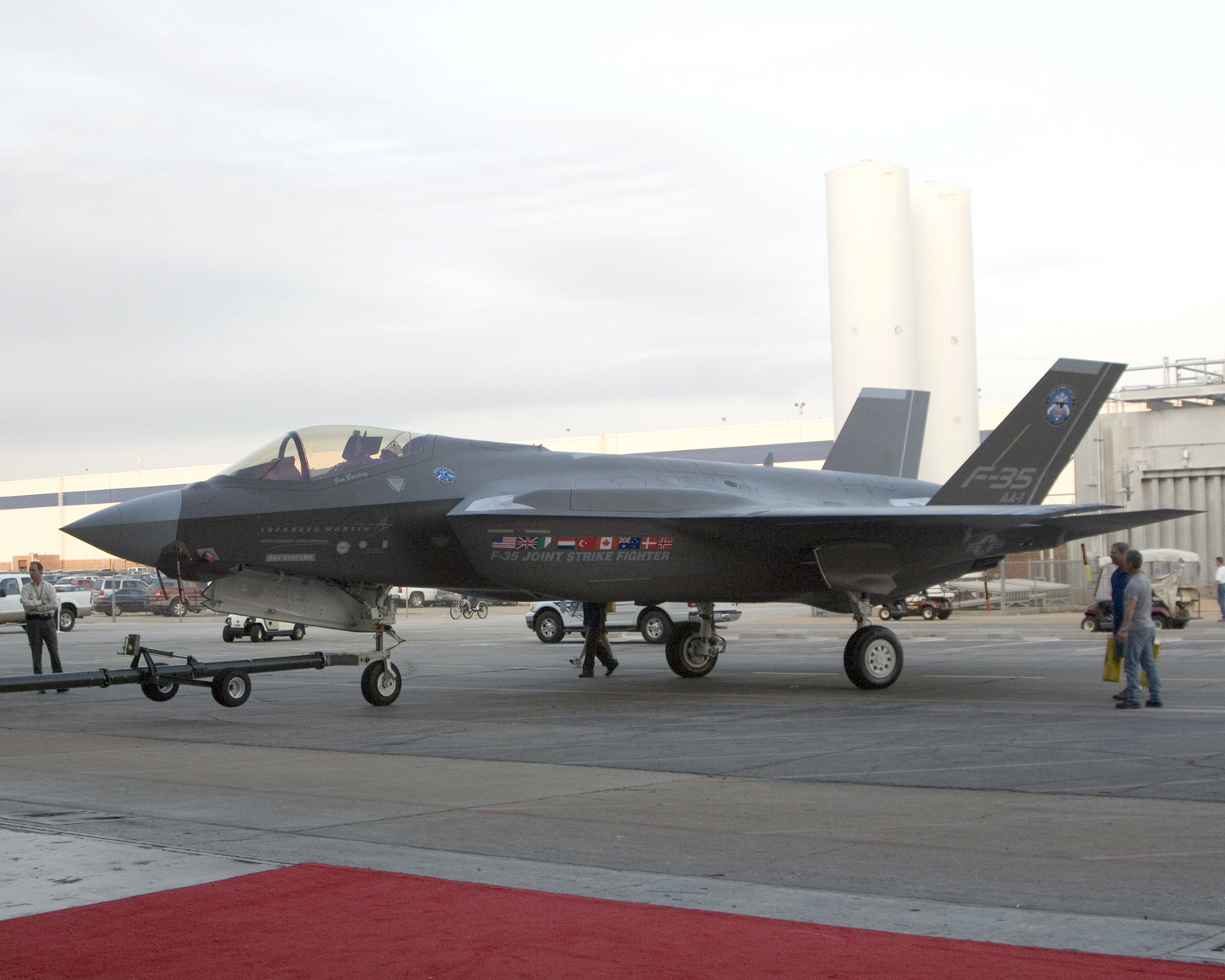Cmdr. Iain Breckenridge, standing with binoculars,
guides the submarine Astute to a berth in Norfolk, Va.,
on Nov. 28. (MC1 Todd A. Schaffer / U.S. Navy)
5 Dec 2011 By CHRISTOPHER P. CAVAS DefenseNews
Missile Tests Belie HMS Astute's 'Jinx' Label
NORFOLK, Va. - HMS Astute, Britain's first new attack submarine in more than two decades, is the most advanced undersea craft ever fielded by the Royal Navy. But the sub's many
improvements often have been masked by a long-running series of developmental and operational problems - including design issues, cost overruns, production missteps, lengthy construction delays,
an embarrassingly public grounding last year in Scotland and a tragic shooting on board in April.
Now operating from the U.S. East Coast as part of a lengthy trials period, the Astute finally has had a chance to show what it can do, and in November test-fired Tomahawk
cruise missiles in the Gulf of Mexico. But the British media, even in reporting on its successes, continue to label the ship a jinx.
Cmdr. Iain Breckenridge, the submarine's commanding officer, bristled when asked about the jinx moniker during a Nov. 29 interview on board his ship.
"The media will always jump at an easy target. So we're an easy target, they're having a field day," he said.
"Fine by me, that's well behind us. I don't dwell on it, I don't look back. Myself and my team move forward to prove what a great submarine she is. With the Tomahawk firings
recently, our successful torpedo firings in the summer in the U.K., pushing forward to get all trials completed, getting to Norfolk to meet the senior U.S. leadership, going to AUTEC [the U.S.
Navy's Atlantic Undersea Test and Evaluation Center test range] in January to finish trials, and getting her back to the U.K. in March, ready to go back into the yard for her final maintenance
period before she becomes operational, for us, that's all good news.
"So the media won't use that, because that's not an interesting story. If anything minor happens, they'll jump on it and go, 'wow, wow, jinxed submarine!'
"Well, ask any of my ship's company, any of our supporting personnel, anyone in the Navy, any of our families, any of our friends in the U.S. submarine force; in fact, anybody
that basically understands what a first-of-class submarine's got to go through, and they'll recognize that the term 'jinx' is just a very easy one that the media jumps on.
"Does it bother me? Used to, initially. Not bothered by it anymore. There are much more important things to deal with. It's a fantastic submarine to deliver to the front line
as soon as possible. And I've got a really good team helping me do that."
Tests, Tests and More Tests
Breckenridge, a veteran submariner who previously commanded HMS Tireless, brought the Astute to the U.S. in October to begin a series of weapons, sensors, systems and
warm-weather trials.
"We've got to prove the design, and prove the build," he said. "Over subsequent submarines, they just have to prove the build."
The boat loaded Tomahawk cruise missiles at the U.S. Navy's submarine base in Kings Bay, Ga., then launched two T-hawks from the Gulf of Mexico onto a missile range at Eglin
Air Force Base, Fla. "Both flew beautifully," Breckenridge said.
Operations on the AUTEC range in January will fully prove the submarine's new Type 2076 integrated sonar suite, and more Spearfish torpedoes will be test-fired.
Breckenridge ticked off a list of new features aboard the sub, which is fitted with six 21-inch torpedo tubes, one more than previous classes. The weapons room also is larger,
with a lower deck, allowing for a 50 percent increase in the number of weapons carried - "on the order of 36," he said.
The submarine features a large lockout chamber aft of the fin, or sail, and can carry a drydeck shelter to allow swimmers to enter and leave the sub while submerged.
"That was a real design driver for the boat, and that's why we've got a big sail," he explained. "The shapes and curves [of the hull] help the dry deck shelter sit in the right
place."
In the control room, Breckenridge pointed proudly to the Thales Optronics mast displays. Astute is the first British submarine to dispense with traditional periscopes and adopt
photronics masts, similar to the arrangement aboard U.S. Virginia-class submarines.
"Much as I loved my old peri-scopes, this is much better," he said. Using the periscope on older submarines at night, he said, required "lights off, curtains draped, black
lighting, can't see anything, not good for your eyes. This submarine," he said, has a "better working environment, better for the team. A really good capability. This is U.K. trail-blazing
stuff."
The attack center control room on Astute is traditionally located forward on 1 Deck - topmost of the sub's three deck levels - but without the need for hull-penetrating
periscopes, designers will have more flexibility to move it. Later ships in the seven-unit class, Breckenridge said, may move the room to 2 Deck and aft a bit. "There's more room down there," he
said.
The captain was especially proud of the sub's maneuvering and hovering capabilities, featuring independent diving plane controls handled by a new, complex autopilot
system.
"One of the limiting factors in designing a submarine maneuvering envelope is having a stern plane failure to dive or rise," Breckenridge explained. "In my situation, I've got
a much wider operating envelope because, if the stern plane does fail to dive, it's probably only going to be one of them, and I can immediately correct it by slowing down and putting the
noncasualty plane to rise. It gives us a much broader operating envelope."



























